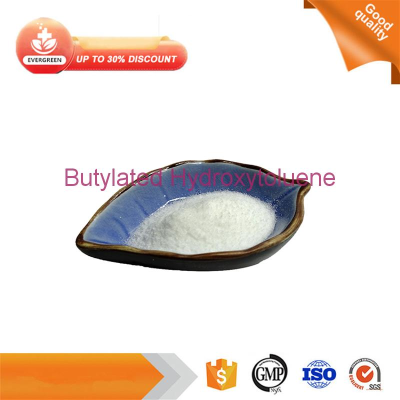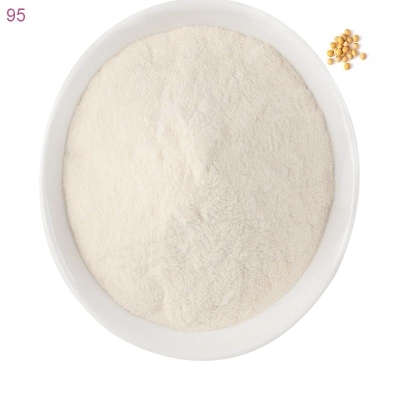-
Categories
-
Pharmaceutical Intermediates
-
Active Pharmaceutical Ingredients
-
Food Additives
- Industrial Coatings
- Agrochemicals
- Dyes and Pigments
- Surfactant
- Flavors and Fragrances
- Chemical Reagents
- Catalyst and Auxiliary
- Natural Products
- Inorganic Chemistry
-
Organic Chemistry
-
Biochemical Engineering
- Analytical Chemistry
- Cosmetic Ingredient
-
Pharmaceutical Intermediates
Promotion
ECHEMI Mall
Wholesale
Weekly Price
Exhibition
News
-
Trade Service
month by month.
According to the National Oceanic and Atmospheric Administration (NOAA), the United States imported 65,322 tons of frozen warm-water shrimp in September, down 12% year-on-year, and imports were $595 million, down 13%
year-on-year.
U.
S.
shrimp imports have declined for two consecutive months
.
Imports in August were 71,666 tons, down 20% year-on-year, and imports were US$665 million, down 19% year-on-year; Imports in September were about 10% lower than in August
.
S.
shrimp imports have declined for two consecutive months
.
Imports in August were 71,666 tons, down 20% year-on-year, and imports were US$665 million, down 19% year-on-year; Imports in September were about 10% lower than in August
.
Jim Gulkin, CEO of Siam Canadian Group, believes that if the market remains sluggish this year (the traditional consumption season) and does not achieve hot sales between Thanksgiving (November 24) and the Super Bowl (the NFL's annual championship game in Major League Football, February 12), the shrimp import and export industry will fall into a deep downturn
.
.
"We have to keep a close eye on consumer trends, how much retail inventory to emptigate, how much importers have left, and the specifics
of each importer.
" Gulkin told UCN
.
"But I don't think the recession will be that bad, I think this (import contraction) is a knee-jerk reaction
of consumers.
" Many people are tightening their belts to get by, fuel prices are still high, the midterm elections and the political future are uncertain, and many things are difficult to predict
.
”
of each importer.
" Gulkin told UCN
.
"But I don't think the recession will be that bad, I think this (import contraction) is a knee-jerk reaction
of consumers.
" Many people are tightening their belts to get by, fuel prices are still high, the midterm elections and the political future are uncertain, and many things are difficult to predict
.
”
Given market uncertainty and importers' sourcing habits, Gulkin predicts that India, Indonesia, Vietnam and Thailand will continue to cut shrimp production until the oversupply eases
.
In September, Indian shrimp exports to the United States fell 19% year-on-year to 27,395 tonnes, and the average export price fell 1% month-on-month to $8.
73/kg
.
.
In September, Indian shrimp exports to the United States fell 19% year-on-year to 27,395 tonnes, and the average export price fell 1% month-on-month to $8.
73/kg
.
"I understand that the sales of Indian shrimp exports to China have also declined significantly, and Chinese stocks are higher
.
Some containers sent from India to China are rejected by importers unless India gives them a high discount.
As you can imagine, it is very difficult
for both buyers and sellers.
Gulkin said
.
.
Some containers sent from India to China are rejected by importers unless India gives them a high discount.
As you can imagine, it is very difficult
for both buyers and sellers.
Gulkin said
.
"We may also see similar problems in Indonesia, where farmers have had a hellish time, where raw material prices have been falling and may continue to reduce production
in the coming months.
" Thailand does not have much room to reduce production, and the current production is already very low
.
Gulkin said
.
in the coming months.
" Thailand does not have much room to reduce production, and the current production is already very low
.
Gulkin said
.
In terms of trade data, Ecuador is the only country to show an increase in exports, with exports to the US reaching 15,162 tons in September, up 11%
year-on-year.
According to Gulkin, Ecuador's aquaculture industry is very successful, with high production growth and few disease problems, and the main production is concentrated in
the hands of a few leading producers.
In contrast, the challenge is greater in India, where farmers are dominated by small-scale retail farmers and are prone to disease
.
year-on-year.
According to Gulkin, Ecuador's aquaculture industry is very successful, with high production growth and few disease problems, and the main production is concentrated in
the hands of a few leading producers.
In contrast, the challenge is greater in India, where farmers are dominated by small-scale retail farmers and are prone to disease
.
Gulkin believes that the downturn in the shrimp market may continue into 2023, but there is also a chance that it will be reversed
in January-February next year.
First, retailers are likely to cut price promotions to reduce inventory pressure, and sales may open the situation
.
Second, the backlog and container shortage of transoceanic shipping has eased, with container costs from Asia to North America falling from $25,000 to $10,000, and some quotes even dropping to $6,000-7,000, but still well above pre-pandemic levels (container costs from Asian ports to Los Angeles are only $3,000-4,000).
in January-February next year.
First, retailers are likely to cut price promotions to reduce inventory pressure, and sales may open the situation
.
Second, the backlog and container shortage of transoceanic shipping has eased, with container costs from Asia to North America falling from $25,000 to $10,000, and some quotes even dropping to $6,000-7,000, but still well above pre-pandemic levels (container costs from Asian ports to Los Angeles are only $3,000-4,000).
However, the cost of intra-North American land transportation remains very high, the shortage of cold storage in the United States continues, retail sales are slow, "retailers with better cash flow can continue to replenish, other merchants are still struggling to clear inventory, and delivery is slowing
.
" ”
.
" ”
Gulkin expects shrimp prices in the U.
S.
restaurant industry to fall, and consumption will only boost when Thanksgiving
meets.
"In the next six weeks, how will consumption patterns change, what will happen to the restaurant industry, what will happen to the supermarket trade, the market will answer a lot of our questions
.
"
S.
restaurant industry to fall, and consumption will only boost when Thanksgiving
meets.
"In the next six weeks, how will consumption patterns change, what will happen to the restaurant industry, what will happen to the supermarket trade, the market will answer a lot of our questions
.
"







